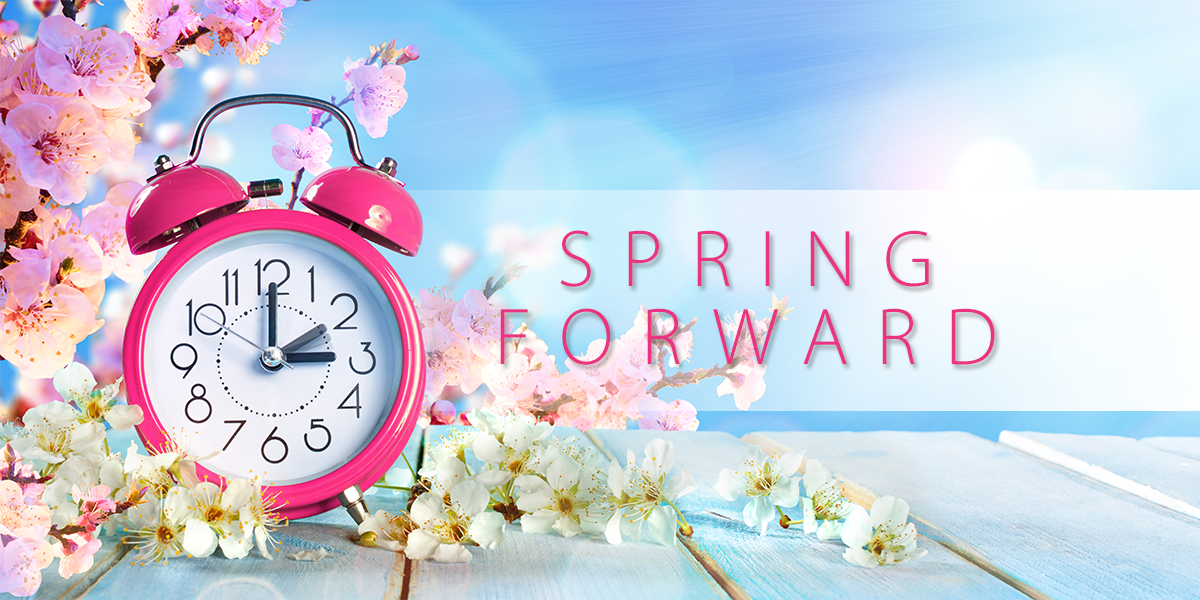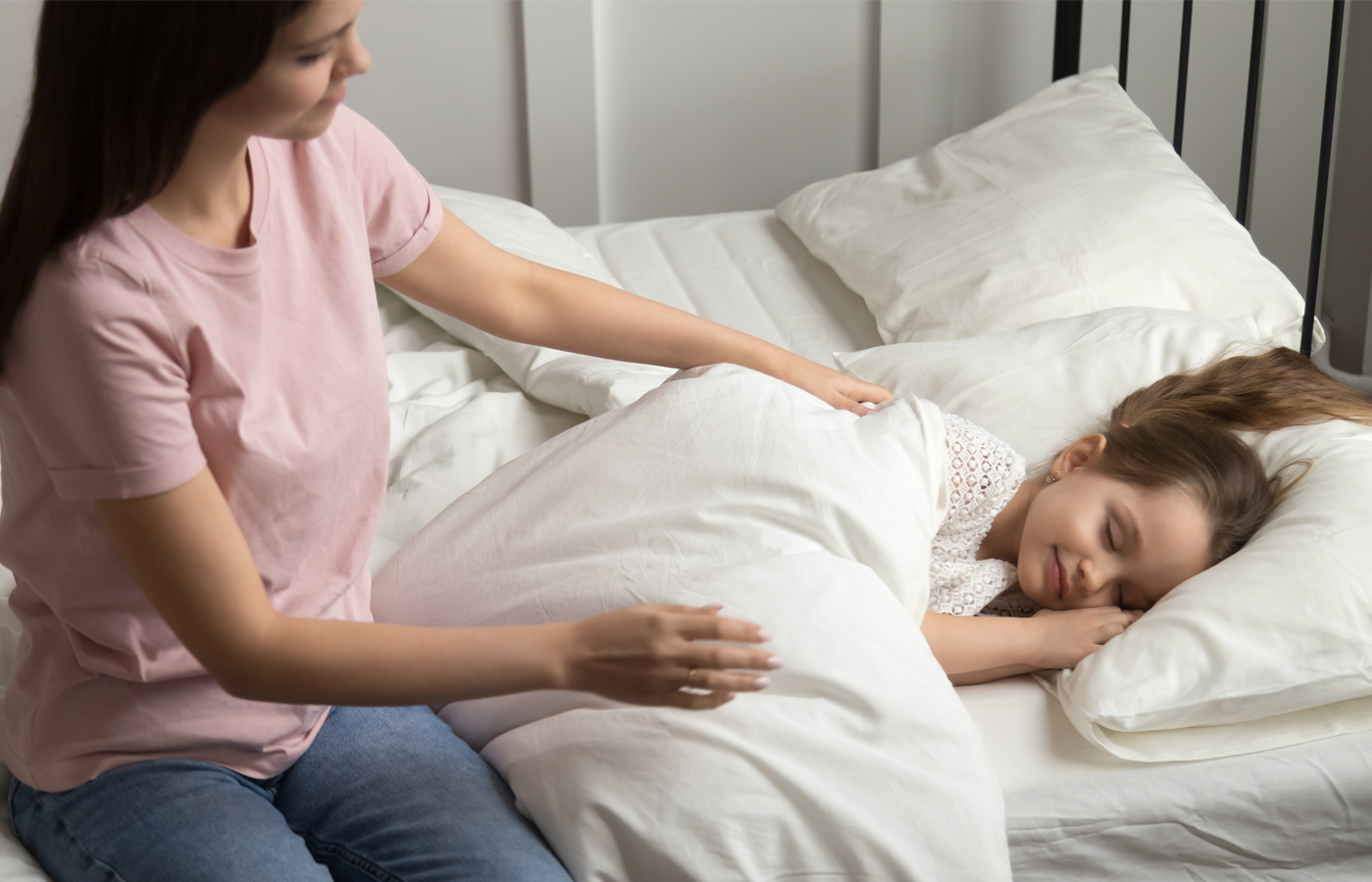
It’s Time to Spring Forward!
By Sarah Balke
Somewhere in the southern United States the Azaleas are beginning to bloom and the snowbirds are planning their trek north where the snow has begun to melt, and the ice on the lakes has started to disappear. It’s the time of year so many people look forward to, one more hour of daylight in the evenings!
Daylight savings time can bring a lot of mixed feelings in many households. That extra hour of sunlight in the evening is surely welcomed but, when your alarm goes off at 6 am to rise for the day, your body screams, “wait, it’s only 5 am!”
Our body’s natural clock can be thrown for a loop with time changes and you may need a little time to adjust. Here are six tips to help you add a little spring to your step after you change your clocks this Sunday!
-
Start your morning with some fresh air and exercise
If you are feeling extra sleepy when you wake up, get outside and take a walk. The crisp fresh air and exercise will help release endorphins leaving you feeling energized and ready to start your day. Catching the morning sunrise and first morning light is a great time to reflect on things you are thankful for and a great way to help adjust your internal body clock also known as circadian rhythm. -
Use light to your advantage
Light is the strongest cue that helps adjust our internal body clock. If you live somewhere where natural light may be limited in the morning after clocks change, consider using a sunrise alarm clock that progressively brightens at your wakeup time. As the season progresses, this will be less of an issue as the sun rises earlier in the day. Conversely, at night, minimize exposure to bright light, especially the blue light emitting from screens of electronic media. In some places, it might be helpful to have room-darkening curtains in the bedroom depending on how much sunlight that room gets at bedtime. -
Make adjustments in 15 – 20 min increments
Don’t expect your circadian rhythm to adjust overnight. Make several smaller adjustments to your bedtime and wake time to help your body feel more prepared to sleep and wake up. One of the biggest mistakes to make is sleeping in extra late on Sunday morning. Set an alarm so you don’t sleep in more than 40-45 minutes. This will also make it easier to go to bed extra early on Sunday night. -
If you can’t fall asleep, try counting
Tossing and turning while you try to fall asleep is very frustrating. Try slowly counting backward from 100, taking a slow breath between each number. If you find yourself counting too quickly, stop between each number and think of something, or someone, you are grateful for. Not only will you find yourself drifting off quickly, you may also find you have more pleasant dreams at night. -
Stick to your schedule
Once you’ve eased into the time change, make a point to go to bed and wake up at the same time every day — even on the weekends. This will help your body regulate its sleep cycle. -
Nap in the afternoon, but not for too long
Avoiding naps altogether is ideal, however, if you are feeling sleepy while your body is adjusting, it is better to take an afternoon nap than to sleep in. Try keeping naps to 20 minutes or less to reduce the risk of disrupting your nighttime sleep.
Transitioning to Daylight Savings Time can throw off your body’s circadian rhythm. Your body clock will eventually adjust to the time change – it may just need a little extra TLC during the process.
Sources:
https://health.clevelandclinic.org/daylight-savings-time-change-4-tips-to-help-your-body-adjust/
https://curiosity.com/topics/11-sleep-tips-to-help-you-adjust-to-daylight-saving-time-curiosity/


